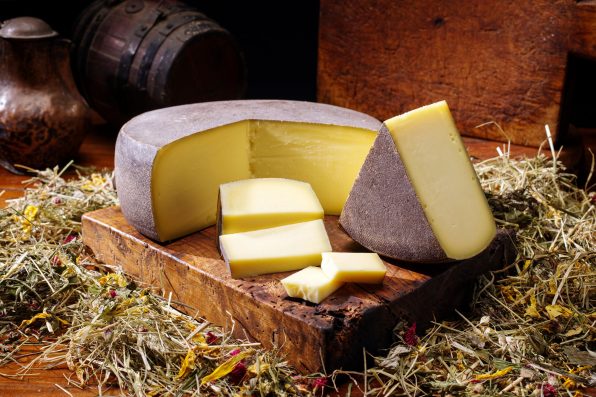In 2018, archaeologists were exploring a tomb in Alexandria, Egypt, when they discovered a few broken jars, one of which contained a solid white mass. It turned out to be the oldest specimen of cheese in the world.
The cheese was believed to be around 3,200 years old at the time of its discovery. It was found during excavations of the tomb of Ptahmes, mayor of Memphis, the ancient capital of Egypt, during the 13th century B.C. The site was first uncovered in 1885, but then it became lost to time for more than a century.
Between 2013 and 2014, a team of archaeologists from Cairo University led by Enrico Greco, a chemical scientist from the University of Catania in Italy, came across several broken jars.
One of the jars held a mysterious mass and a canvas cloth that appeared to have covered the jar when it was whole. This led the archaeologists to believe the strange substance was food.
So, they ran tests on the substance and examined its contents. They found proteins within the lump that determined it was a dairy product made by mixing cow milk and sheep or goat milk.
The canvas cloth would not have prevented a liquid from spilling out, so the contents were most likely a solid dairy product.
Usually, the fats would be analyzed, but environmental events like heavy rainfall and floods from the nearby Nile River may have contaminated the archaeological site, destroying the fats within the jar.
Although they did not detect any fats, the team did find traces of bacterial proteins. They may have been from a species of bacteria called Brucella melitensis that causes the infectious disease brucellosis.
Eating or drinking raw or unpasteurized dairy products is one of the most common ways to contract brucellosis, which comes with symptoms such as muscle pain, fever, sweating, fatigue, and arthritis. According to the Centers for Disease Control and Prevention, some symptoms of the disease can last a long time, and others may never go away.

Sign up for Chip Chick’s newsletter and get stories like this delivered to your inbox.


